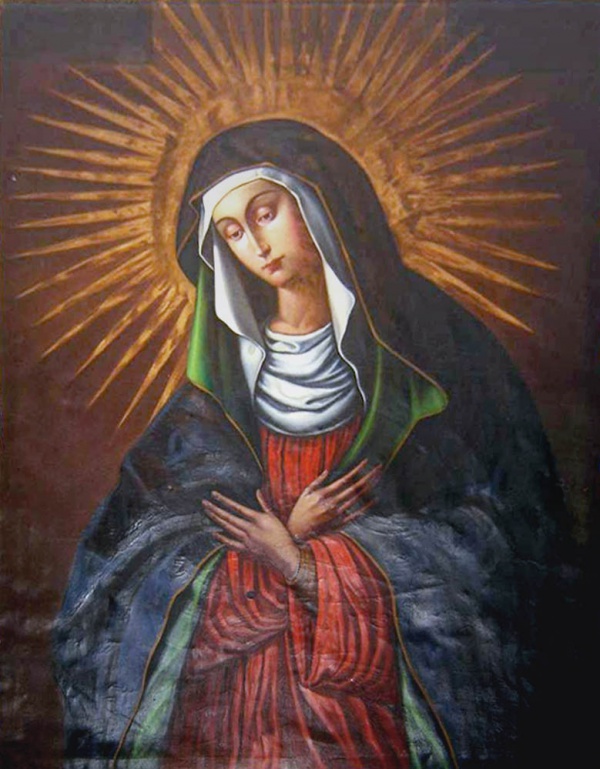Facts About Our Lady of the Gate of Dawn
"Our Lady of the Gate of Dawn" is a revered Catholic painting of the Blessed Virgin Mary, housed in the Chapel of the Gate of Dawn in Vilnius, Lithuania. This Northern Renaissance masterpiece, believed to have been completed around 1630, depicts the Virgin Mary without the infant Jesus. The painting is adorned with intricate silver and gold garments, a tradition that may have roots in Eastern Orthodoxy.
This artwork is renowned for its miraculous reputation, with one legend highlighting its divine intervention during the Great Northern War in 1702. As its fame grew, the Discalced Carmelites constructed a dedicated chapel in 1671. In 1927, the chapel received a canonical coronation as "Mother of Mercy" and it was honored by a visit from Pope John Paul II in 1993. Today, it remains a key pilgrimage destination in Vilnius, attracting visitors from Poland and beyond.
Throughout its history, the painting has undergone various restorations and enhancements, including the addition of its silver and gold attire and the construction of the Chapel of Our Lady. Its origins are debated, with theories suggesting it might be a war trophy or a commissioned piece by King Sigismund II Augustus.
"Our Lady of the Gate of Dawn" is credited with numerous miracles, such as healings and divine interventions during wars and disasters. The chapel is filled with votive offerings, including silver objects and a crescent moon symbolizing the Woman of the Apocalypse. The painting has also been linked to the messages of Divine Mercy, particularly through the experiences of Saint Faustina Kowalska.
Devotion to "Our Lady of the Gate of Dawn" extends far beyond Lithuania. Churches and shrines dedicated to her can be found in Poland, Belarus, Ukraine, and in diaspora communities around the world. The painting has inspired replicas and shrines in various locations, including Vatican City, the United States, the United Kingdom, and Australia. Notably, the Chapel of Our Lady in St. Peter's Basilica in Vatican City is a significant site, consecrated by Pope Paul VI and visited by Pope John Paul II.

 Latvia
Latvia